Mulungu #
| Binomial / Botanical Name | Erythrina Mulungu |
| Street Names | Coral Tree |
| Major Active Compound | Unknown |
| Indigenous Source | Brazil |
| Form | Shredded Bark |
| RoA | Oral (Decoction) |
| Personal Rating On Shulgin Scale | +** / Oneirogenic ++ |
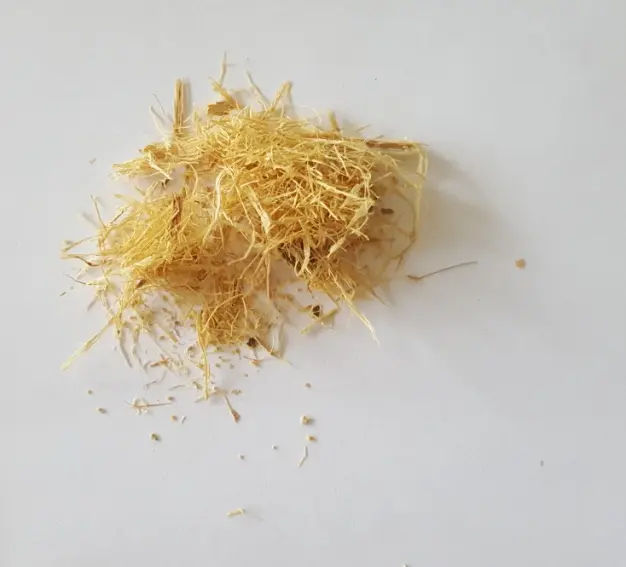
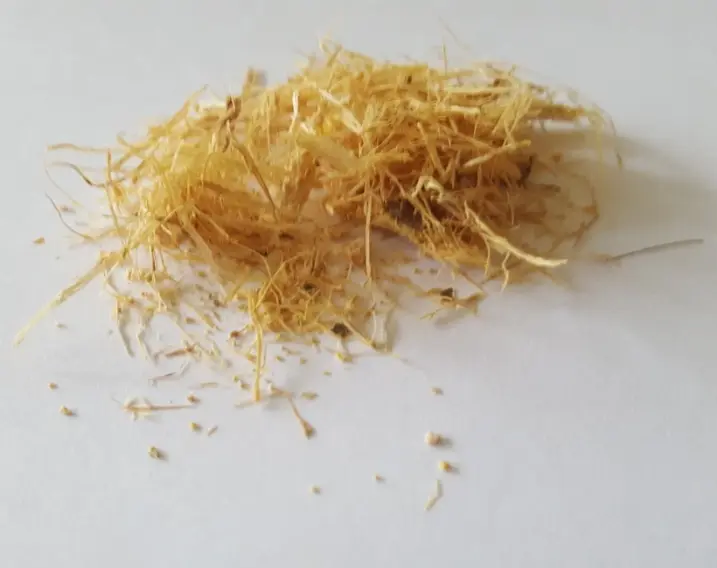
SUBJECTIVE EXPERIENCE #
Mulungu has a long history of use as a remedy for stress, anxiety and insomnia in its native Brazil. It is a natural sedative, but it has also been used to treat a wide variety of other ailments.
It is certainly psychoactive, and this was an experiment I was looking forward to.
However, in the ethnobotanical world, the depth and strength of an experience is often determined by the quality of the source and the competence of the preparation. These are fundamental matters, and will often set the course of the experience, or non-experience. Many vendors do not stock fresh, and over a prolonged period botanicals can lose their potency and efficacy. Regarding preparation, this can be complicated, with some decoctions producing better results than others. Some methods simply don’t work.
With mulungu I engaged in what was, for me, a complex decocting effort. I simmered 9g of root bark for 45 minutes, strained it, and then consumed the liquid as tea. It wasn’t a bad taste.
It worked to a degree, as I felt moderately relaxed and light headed. I then had my usual afternoon nap, and slept in peace.
A distinct psychoactivity was in play, even though it was far from overwhelming. I also experienced dreams during the subsequent night which were slightly more persistent and vivid than usual.
Despite this minor success, I had a feeling that I could do better. Some months later I therefore experimented again, using an entirely different decoction.
On this occasion I used 5g to produce a tea via a more conventional method, but using piping hot rather than boiling water. I gently stirred the mulungu in the teapot and sipped the mild tasting fluid over a 15 minute period.
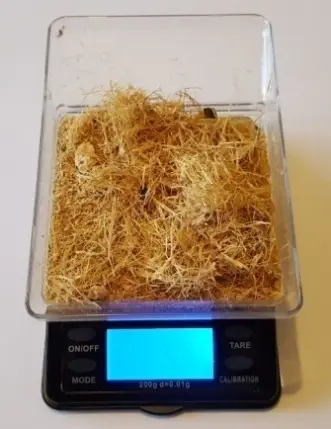
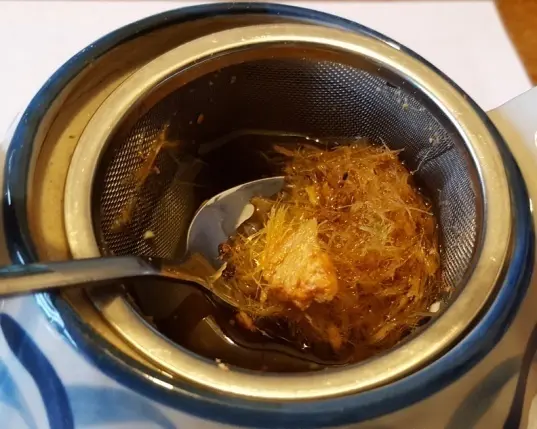
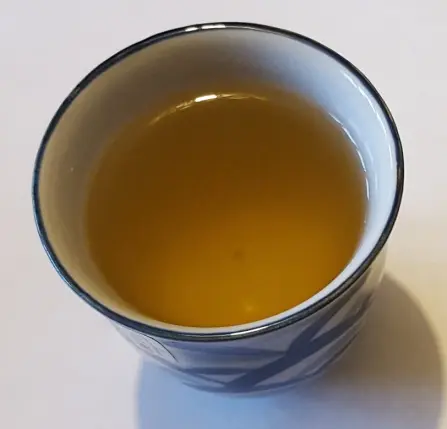
I consumed at 7:30pm, and sure enough, over then next few hours I experienced a heady sedation, which peaked somewhere around the two hour mark. To a lesser degree it was still in play when I retired to bed at 11pm.
During my sleep cycles the mulungu really did manifest itself. Dreams were abundant, and were again lucid and vivid, with the memory of the final lengthy episode still being clear well after I awoke.
This rather took me by surprise, so much so that I spent part of the following morning researching this aspect via the Internet. It does appear that this is indeed a serious dream herb, with similar reports appearing across a number of specialist forums.
My surprise was magnified given that I had procured this from a source which didn’t always offer the freshest of materials.
This is an extremely interesting botanical. It invoked a range of sedating effects, and my overview of its oneirogenic properties is by no means exaggerated.
It is certainly one which I intend to return to in the future.